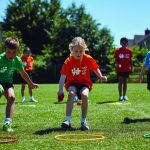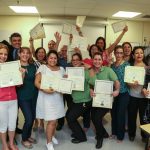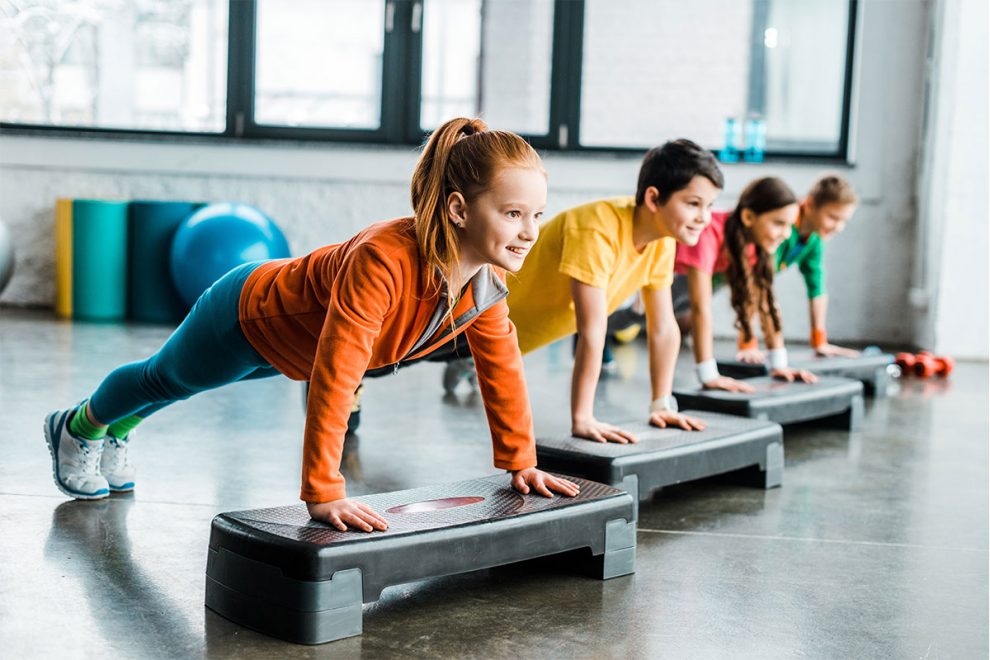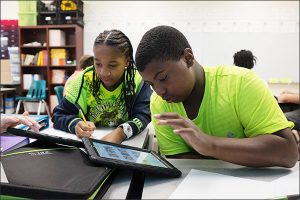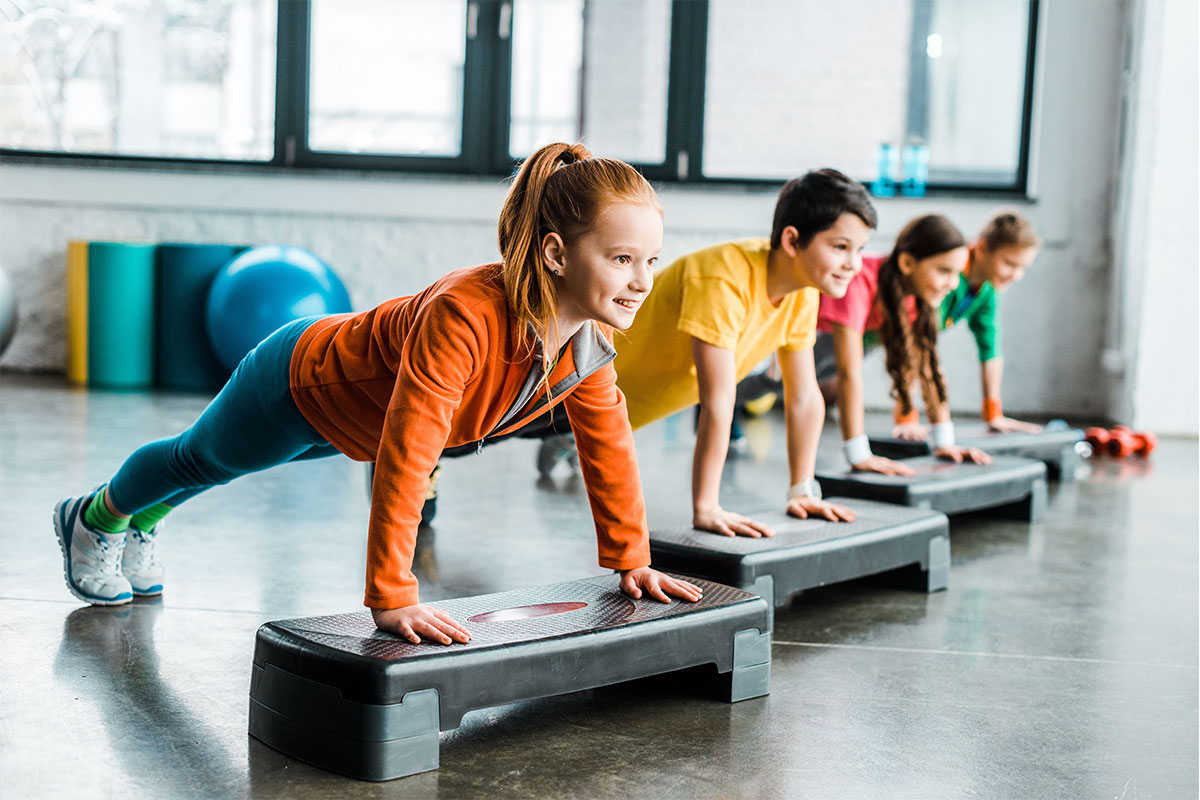
Introduction: The Imperative of Physical Health in Middle Schools
In the dynamic landscape of middle school education, fostering physical activity and promoting health is an essential endeavor. Middle school years are a critical period for the development of lifelong habits, and prioritizing physical well-being contributes not only to immediate health but also to academic success and overall personal growth. This article delves into the importance of promoting physical activity and health in middle schools, exploring strategies, challenges, and real-life examples that inspire a generation of healthy and empowered individuals.
The Significance of Physical Activity: Nurturing Well-Rounded Development
The words of Mahatma Gandhi, “It is health that is real wealth and not pieces of gold and silver,” resonate profoundly in the context of middle school education. Physical activity is more than a means of preventing obesity; it is a vehicle for promoting cognitive function, emotional well-being, and self-esteem. Middle school is a formative phase where students lay the foundation for a lifetime of healthy habits.
Comprehensive Physical Education: Fostering Lifelong Fitness
Structured Physical Education Curriculum
Physical education (PE) programs serve as the cornerstone of promoting physical activity in middle schools. A well-structured PE curriculum introduces students to a diverse range of activities, including team sports, individual fitness routines, and recreational pursuits. By exposing students to various forms of physical activity, educators enable them to discover activities that resonate with their interests and preferences.
Encouraging Inclusivity and Active Participation
Middle schools can create an inclusive environment that encourages active participation regardless of skill level. Incorporating modified activities, team-building exercises, and cooperative games ensures that every student can engage in physical activity and experience the benefits of movement. This philosophy aligns with the words of Olympian Jesse Owens: “We all have dreams. But in order to make dreams come into reality, it takes an awful lot of determination, dedication, self-discipline, and effort.”
Beyond the Gym: Integrating Physical Activity Across the Curriculum
Active Learning Strategies
Integrating physical activity into academic subjects extends the benefits of movement beyond the gymnasium. Educators can incorporate active learning strategies, such as kinesthetic activities, brain breaks, and outdoor lessons, to keep students engaged and energized throughout the school day. Research has shown that physical movement enhances cognitive function and memory retention, making learning a more dynamic and holistic experience.
Health Education and Wellness Programs
Middle schools can offer comprehensive health education and wellness programs that empower students with knowledge about nutrition, stress management, and overall well-being. These programs equip students with the tools to make informed decisions about their health and develop a holistic understanding of the interconnectedness of physical and mental well-being. As former Surgeon General C. Everett Koop stated, “Health is a large word. It embraces not the body only, but the mind and spirit as well.”
Creating a Culture of Active Living: Environmental Factors
Active Commuting
Encouraging active commuting, such as walking or biking to school, instills healthy habits from a young age. Schools can collaborate with local communities to implement safe routes and pedestrian-friendly infrastructure that facilitate active transportation. By fostering a culture of active living, schools inspire students to integrate physical activity into their daily routines.
Recess and Leisure Activities
Middle schools can prioritize recess and provide spaces for leisure activities that promote physical engagement during breaks. Equipping playgrounds with equipment for active play and providing students with opportunities to engage in outdoor games nurtures social interactions and physical well-being. This aligns with the sentiment of educator Maria Montessori: “Play is the work of the child.”
Engaging Families and Community Partnerships: A Collaborative Approach
Family Fitness Challenges
Involving families in promoting physical activity creates a collaborative effort to prioritize health. Schools can organize family fitness challenges, weekend sports events, or wellness workshops that encourage parents and guardians to engage in physical activities alongside their children. This shared commitment to health reinforces the message that physical well-being is a collective endeavor.
Community Resources and Engagement
Collaborating with local gyms, sports clubs, and community organizations provides middle schools with access to additional resources for promoting physical activity. Schools can organize field trips, sports clinics, or outdoor excursions that expose students to a wide range of physical pursuits, nurturing a lifelong appreciation for active living.
Conclusion: Nurturing Active Bodies and Minds for Life
Promoting physical activity and health in middle schools is more than a curriculum requirement; it is an investment in the future of each student. By integrating comprehensive physical education, incorporating movement into academic subjects, and fostering a culture of active living, middle schools empower students to develop healthy habits that extend far beyond the classroom. As former First Lady Michelle Obama eloquently put it, “Exercise is really important to me – it’s therapeutic. So if I’m ever feeling tense or stressed or like I’m about to have a meltdown, I’ll put on my iPod and head to the gym or out on a bike ride along Lake Michigan with the girls.” By nurturing active bodies and minds, middle schools are shaping a generation that values physical well-being as an essential foundation for a rich and fulfilling life.



